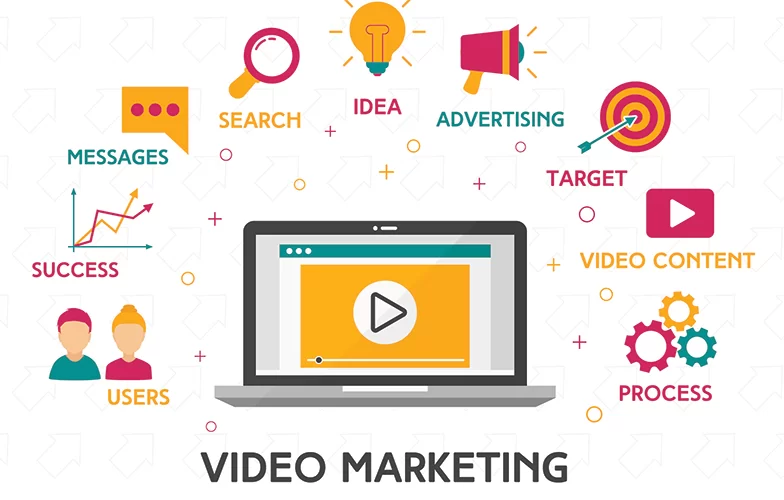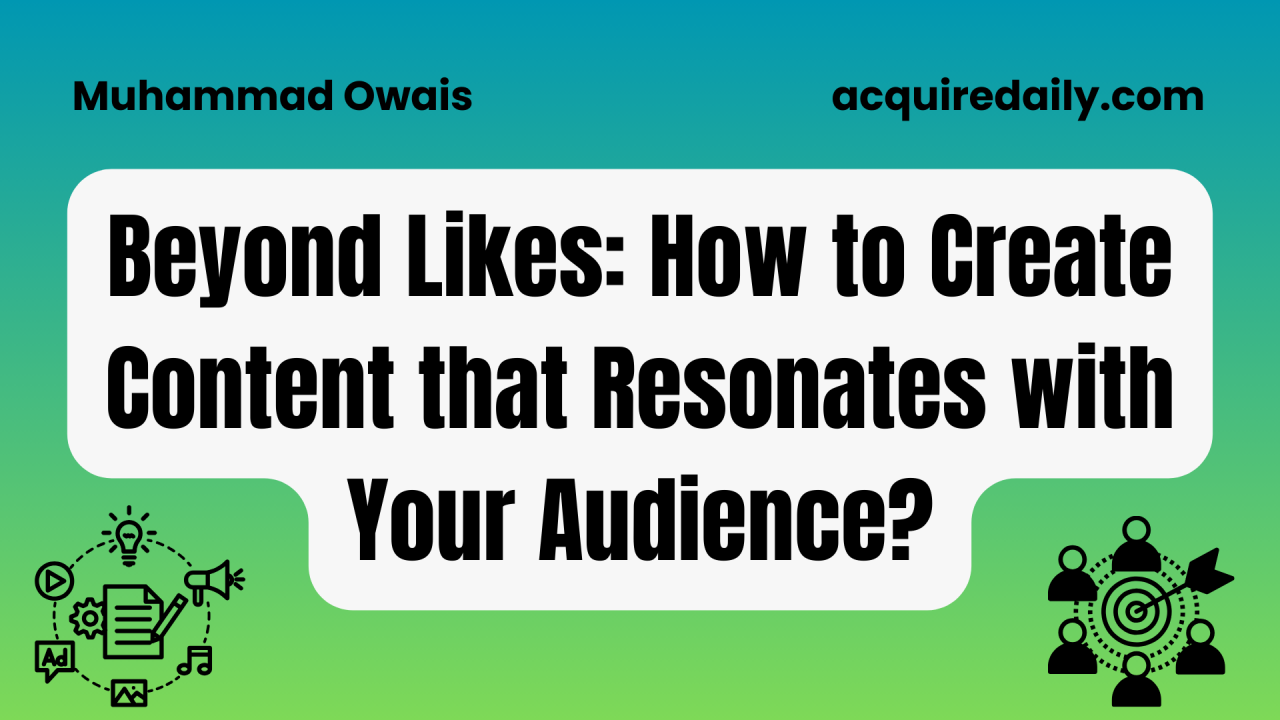In the fast-evolving landscape of online advertising, video has emerged as a dominant force. With its ability to capture attention, convey messages dynamically, and engage audiences on a deeper level, video advertising has become an essential component of digital marketing strategies. This blog post explores the role of video in online advertising, offers insights into its benefits, and provides best practices for creating impactful video ads.
Why Video Advertising Matters
Video advertising stands out due to its rich, engaging format that can combine visual, auditory, and emotional elements to drive action. Here’s why video is a game-changer in online advertising:
- High Engagement Rates: Videos often have higher engagement rates compared to static ads. They can capture attention quickly and retain viewers longer, leading to better interaction and recall.
- Enhanced Storytelling: Video allows for compelling storytelling, which can create a stronger emotional connection with the audience. This can be crucial for brand building and driving customer loyalty.
- Improved Conversions: Well-executed video ads can significantly boost conversion rates. They provide a more immersive experience, which can effectively communicate the value proposition and encourage action.
- Versatility Across Platforms: Video content is highly versatile and can be adapted for various platforms, including social media, websites, and streaming services, allowing for a broader reach.

1. Understanding Your Audience
To create effective video ads, it’s crucial to understand your target audience. Knowing their preferences, behaviors, and pain points will help you tailor your content to resonate with them.
Tip: Use analytics tools and audience insights to gather data about your audience’s interests and viewing habits. This information can guide your video content strategy.
2. Crafting a Compelling Message
Your video ad should have a clear and compelling message that communicates the value of your product or service. The message should be concise and focused, highlighting key benefits and features in a way that resonates with your audience.
Tip: Start with a strong hook to grab attention within the first few seconds. Ensure your main message is delivered early to maximize impact, especially if viewers may not watch the entire video.
3. Optimizing for Different Platforms
Different platforms have different requirements and best practices for video ads. Whether you’re advertising on social media, YouTube, or a website, ensure your video is optimized for the specific platform.
Tip: For social media, create short, engaging videos that are optimized for mobile viewing. For YouTube, consider longer, more detailed content that can provide in-depth information about your product or service.
4. Investing in Quality Production
High-quality production values are essential for making a positive impression with your video ads. Poor audio or video quality can detract from your message and negatively impact your brand’s perception.
Tip: Invest in professional video production if possible, or use high-quality equipment and software if you’re creating the video in-house. Focus on clear audio, sharp visuals, and professional editing.
5. Incorporating Strong Calls-to-Action (CTAs)
A clear and compelling CTA is crucial for driving action from your video ads. Your CTA should tell viewers exactly what you want them to do next, whether it’s visiting your website, signing up for a newsletter, or making a purchase.
Tip: Place your CTA at strategic points in the video, such as at the beginning, middle, and end, to maximize visibility. Ensure the CTA is prominent and easy to follow.
6. Leveraging Data for Optimization
Data analytics play a crucial role in optimizing video advertising. Track key metrics such as view counts, engagement rates, click-through rates (CTR), and conversion rates to assess the performance of your video ads.
Tip: Use A/B testing to experiment with different video elements, such as length, messaging, and CTAs. Analyze the results to refine your video strategy and improve effectiveness.
7. Utilizing Video Retargeting
Video retargeting allows you to re-engage viewers who have previously interacted with your content but didn’t convert. By showing targeted video ads to these users, you can remind them of your brand and encourage them to take action.
Tip: Create retargeting campaigns with tailored messages that address the specific interests or behaviors of the viewers. This can help increase the likelihood of conversion.
8. Ensuring Accessibility
Make sure your video ads are accessible to all viewers, including those with disabilities. Include features such as closed captions or subtitles to make your content understandable to a wider audience.
Tip: Check the accessibility options available on the platforms you’re using for video ads and ensure that your content meets these requirements.
Conclusion
Video advertising is a powerful tool that can significantly enhance your online marketing strategy. By understanding your audience, crafting compelling messages, optimizing for different platforms, and investing in quality production, you can create video ads that engage viewers and drive conversions. Leverage data to optimize your campaigns and utilize retargeting to re-engage potential customers. With the right approach, video can be a key driver of success in your advertising efforts.



